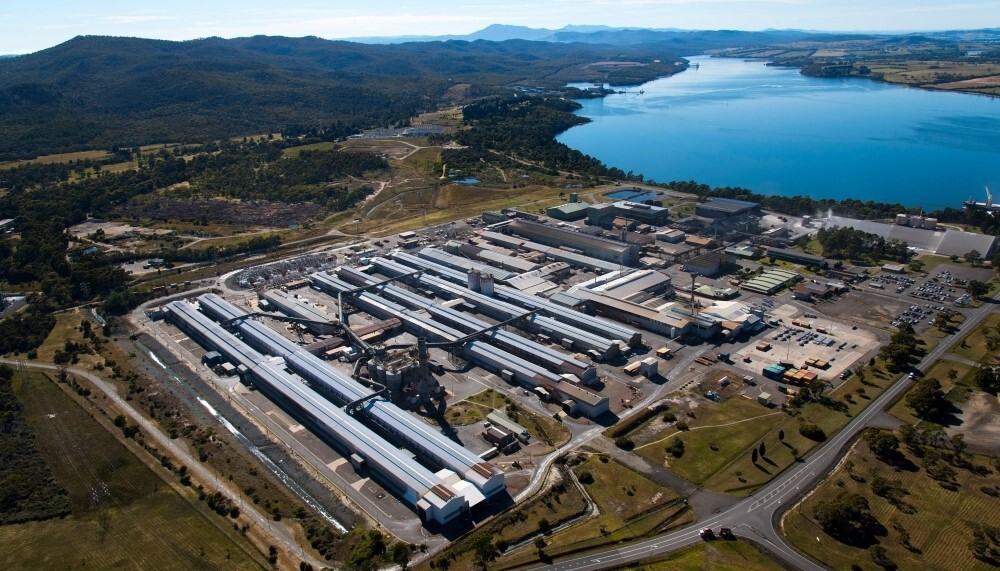

Rio Tinto has expressed uncertainty around the future of operations for its Bell Bay aluminium smelter in Tasmania after six years of unsuccessful negotiations for a renewable power supply agreement with Hydro Tasmania. The company has eight months left on its current agreement with the state-owned Hydro Tasmania.

Image source: bellbayaluminium.co
Rio CEO Jakob Stausholm has committed to a low-carbon future for its Australasian smelters, despite past closure threats. Key decisions loom this year for both the Tomago and Bell Bay smelters. Rio has warned ASIC that Bell Bay faces "material uncertainty" due to its expiring power deal.
In documents filed with the Australian Securities and Investments Commission, Rio Tinto stated, "There are a number of potential outcomes that could result from the electricity agreement negotiations. These outcomes include the continued operation of the smelter beyond 31 December 2025. However, the outcomes also include that new electricity agreements are not successfully negotiated, which may lead to cessation of smelting activities and ultimately potential closure of the smelter."
The Bell Bay smelter employs approximately 500 workers and is a significant contributor to the local economy. The smelter, powered by Tasmania’s low-carbon hydroelectricity, aligns with Rio’s decarbonisation goals. However, its output is less than half of Tomago or Boyne, making it a marginal producer. Despite one Rio entity reporting a profit of USD 17 million, overall figures suggest the smelter likely operated at a USD 52.3 million loss in 2023.
Rio’s Bell Bay smelter sits beside a manganese smelter now owned by entities linked to Sanjeev Gupta. Hydro Tasmania secured a 10-year power deal with the manganese plant earlier this year. Despite ongoing talks, Rio told ASIC it expects a new agreement for Bell Bay by the end of 2025.
Australian refineries and smelters, including Tomago and Bell Bay, are under pressure amid rising operational challenges. Tasmania’s Nyrstar smelter is under review, with Trafigura seeking government aid. Meanwhile, USD 2 billion in federal support has been pledged to help smelters shift to cleaner energy over the next decade.
Responses








